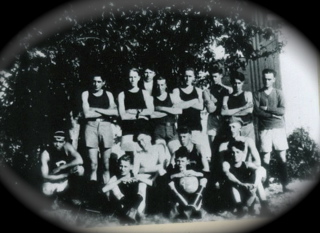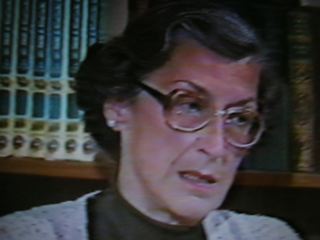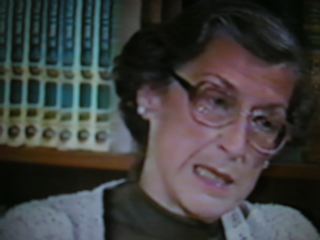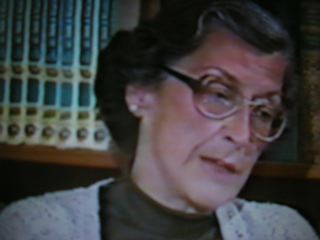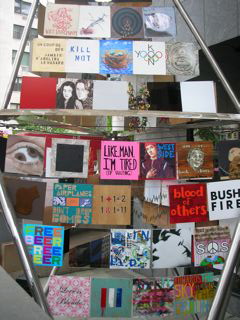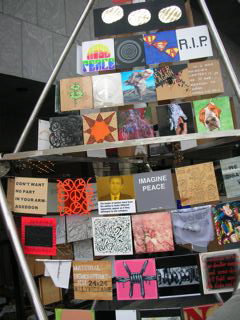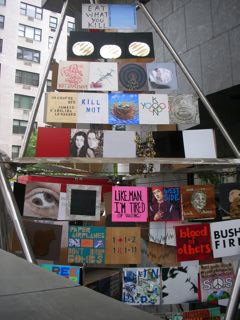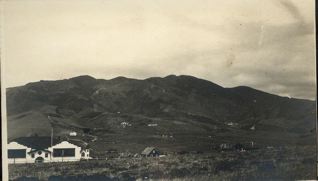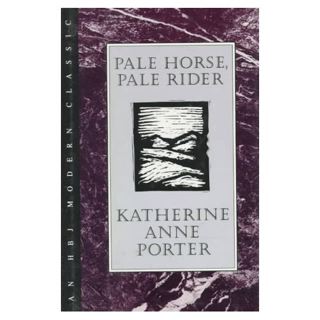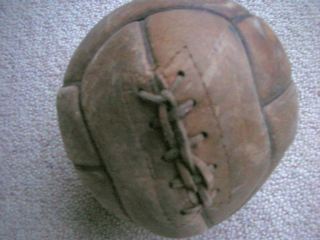Me & my dad at the beach.
Coastside Soccer Team
Nancy Maule: Notable Coastside Environmentalist
In 1980-81 I interviewed Montara environmentalist Nancy Maule at her Montara home for âThe Mystery of Half Moon Bayâ?. I don’t know what I expected but she looked like a stern schoolteacher. As soon as she began talking it was obvious that she was not only passionate about her beliefs but she knew the history of environmentalism on the Coastside.
A proposed freeway helped fuel Nancyâs activism (she didnât drive a car when I met her). She recalled hosting a meeting in her living room organized to fight the freeway, with the preservation of open space the objective.
Nancyâs group considered the possibilities of a federal reserve stretching from Milagra Ridge to the north all the way south to Highway 92, encompassing some 40,000 acres.
âWhen we first arrived in the 1950s,â? she told me, âthere were no development plans. It was quiet until the early â60s. Then we heard [Henry] Doelger had huge plans to develop.â?
[Doelger was eyeing Princeton-by-the-Sea for what he envisioned as a âPolynesian Villageâ?, with all the âtropicalâ? trappings you can imagine].
Thereâs a local legend, Nancy said. âDoelger brought the president of the Bank of America to one of the hilltops, waved his hand, and said: âEureka! Weâve found it! Hereâs my new cityâ. The Bank of America president thought it was a great idea.
ââ¦.The only plans effectively carried out can be seen in Half Moon Bayâwhich delineates the philosophical attitude between Half Moon Bay and the rest of the Coastside,â? Nancy said, adding that âAll growth comes to pass in Half Moon Bay.â?
Note: Nancy Maule’s group of activists successfully picketed Henry Doelger’s project at Princeton. The big developer’s plans for a “Polynesian Fishing Village” fell through but he did construct a housing subdivision across the way, on the east side of Highway 1.
Handwriting Expert Chauncey McGovern, The Artist’s Colony & A Famous Pescadero Murder Case: Part II
In his July 30th report, the handwriting expert Chauncey McGovern raised grave suspicions. He advised all parties that the signature was not that of Sarah Coburn. There were too many variations, he noted, between the signature on the will and the one on official records.
The âsâ? and the subsequent âaâ? on the official documents, for example, were not connectedâbut they were connected on the alleged forgery. On the official documents, the âaâ? was executed with one stroke, while it took two strokes on the will. In the authentic signature, the final âhâ? in the name, Sarah, âfaded out in a flourishâ?. In the will it looked like a drawn line.
Finally, Chauncey McGovern pointed out that the will was typed on a typewriter of âancient vintageâ?. Only Sarahâs signature was actually signed by hand. The letters and the alignment indicated that the will had not been typed by a stenographer â and, in his opinion, not in a lawyerâs office.

Did Sarah Coburn know how to type? No one knew for certain.
McGovernâs report did not speculate on who the alleged forger might have been.
In 1920 the will contest was dismissed when a financial agreement was reached between the beneficiaries of Sarahâs will and the East Coast relatives. By that time, the plaintiffâs attorney Charles Humphrey had acquired a desirable stretch of South Coast property. At the scenic Pescadero ranch he now owned, Humphrey entertained a steady stream of guests until his death in the 1940s.
A year after the case was dismissed, Chauncey McGovernâs ad seeking artists to rent the Von Suppe Poet and Peasant Cottage in Montara appeared in the Half Moon Bay Review.
In the early 1990s the cottage still stood in Montara, across the way from the old Montara Schoolhouse on Sixth Street. At that time, maintaining its tradition, the Von Suppe cottage was home to a music teacher.
Handwriting Expert Chauncey McGovern, The Artist’s Colony & A Famous Pescadero Murder Case: Part I
NOTE: While researching old newspapers for my book called âThe Coburn Mysteryâ?– a true story of murder [unsolved] and revenge set in 19th & early 20th century Pescadero– I ran into names of many prominent Bay Area attorneys because the main character, Loren Coburn, had earned the âoverly litigiousâ? moniker.
If Loren had a problem, he sued. He sued everybody. Thatâs why thereâs so much information on his long, long life.
And being detailed oriented, I also happily found and pursued the âlittle storiesâ? I found within the big one. Tangents.
Cottage For Rent In the Montara Artistâs Colony
âCottage For Rent: The Von Suppe, Poet & Peasant Cottage of the Montara Fine Arts Colony Country Clubâ?âthatâs what the ad said that appeared in the summer 1921 issue of the Half Moon Bay Review.
(Von Suppe was a 19th century European theatrical conductor, the composer of 150 operettas. He became well known for composing the overture to âPoet and Peasantâ?.)
The Review ad described the cottage as a â5-room, rustic camping out structure, rose vine covered, dozen 10-year-old Eucalyptus trees, on Bret Harte Hill near corner of Elbert Hubbard Road and Rudyard Kipling Ave.âwithin 200 feet of spacious schoolhouse and one block from Ocean Shore Auto Blvd.âtenants preferably artists, authors musicians. Weekly $5.00â?.
Artists were directed to contact Chauncey McGovern, president of the Montara Fine Arts Club. Although we donât know if he dabbled in painting, labored over romantic poetry or composed music, McGovernâs line of work as a well known San Francisco handwriting expert made his life from ordinary.
McGovern either rode the Ocean Shore Railroad (if it was still running) or drove to his San Francisco office in the Hearst Building. There is no doubt that he knew Harr Wagner, the educator, publisher and real estate developer whose dream was to turn Montara nto an artistâs colony. Harr and wife Madge Morris, a minor California poet, hosted many literary barbecues at their home, marked by stone pillars.
Chauncey McGovernâs introduction to the Coastside may or may not have originated at Wagnerâs parties. His association with the fine arts club and cottage at Montara could also have come as a result of legal business that introduced him to Pescadero, south of Half Moon Bay.
In 1919, San Francisco attorney Charles F. Humphrey hired McGovern to verify the signature on Sarah S. Coburnâs last will. The elderly, wealthy widow had been clubbed to death in her Pescadero home in the summer of that year. The will–dated Feb. 19, 1919–was found by Half Moon Bayâs Dr. W. A. Brooke, then the county coroner, in a room adjacent to the one in which the body lay motionless.
Attorney Humphrey represented the disgruntled East Coast family members who had been omitted from the rich womanâs will. Aside from a few minor bequests to friends, the bulk of the estate was left to âstrangers in bloodâ?.
Feeling cheated out of their rightful inheritance, the East Coast relatives challenged the authenticity of Sarah Coburnâs signature.
The relatives wondered if that was even her signatureâor if she knew what she was signing. After engaging Humphreyâs legal services, papers were filed to initiate a heated will contest.
Enter handwriting expert Chauncey McGovern, also president of the Montara Fine Arts Club.
Examples of Sarahâs handwriting were turned over to McGovern to examine. These included Sarahâs handwriting on official documents and the outside of folders, to be compared with a photo of the signature that appeared on the will.
…To be continued….
Bread
Political “Bulletin” Board, Artist’s Outdoor Exhibit at Whitney Museum of American Art
Montara: Home to Artist’s Colony & The Little Goat Farm (Part III)
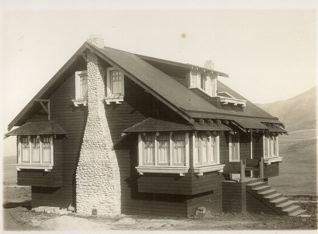 At the foot of Montara Mountain, an artistâs colony, the dream of San Francisco publisher Harr Wagner and his poet wife Madge Morris, seemed to be unfolding in the most beautiful way.
At the foot of Montara Mountain, an artistâs colony, the dream of San Francisco publisher Harr Wagner and his poet wife Madge Morris, seemed to be unfolding in the most beautiful way.
A few quaint cottages were built and artists moved in with their musical instruments, pens and watercolors. The nearby streets were named in honor of authors Bret Harte, Elbert Hubbard and Rudyard Kipling. A bakery opened its doors and many in Montara viewed the new community as economically self-sustaining.
Harr constructed a family residence featuring stone pillars and a circular driveway. To establish a sense of tradition at Montara-by-the-Sea, he organized annual barbecues, attended by his artist friends.
Mussels were harvested from the nearby beaches and placed in steaming kettles while steaks sizzled on the open grills. Harr presided over the festivities, always the jovial host attired in chefâs hat and white apron.
Perhaps in anticipation of the flood of tourists attracted to the 1915 Panama-Pacific International Exposition in San Francisco, Harr helped construct a lovely resort hotel framed by the warmth of Montara Mountain.
But Harrâs reputation for taking risks that generally failed was not about to change. The artist community at Montara was no exception.
The Ocean Shore Railroadâthe artery that carried life to Montara and other Coastside beach townsâfiled for bankruptcy and pulled up its rails. A fire swept away the resort hotel and a future conflagration would take the Wagnerâs family residence, leaving only the stone pillars.
The Wagner family, which included daughter Morris, weathered the latest financial setback in typical fashion. Harr shrugged his shoulders and humorously labeled himself a âsuccessful failureâ?.
But despite Montaraâs economic reverses, the tiny beach town still retained its identity and lure for artists. Real estate sales may have tumbled but the âVon Suppe Poet and Peasant Cottageâ?, honoring a 19th century European composer, was still in demand at a rental fee of $85.00 weekly.
Meanwhile, daughter Morris was thriving. She had been named the postmistress of Montara, and with an initial investment of $350.00 , began raising those milk goats with good friend Irmagarde Richards.
Within a few years, Morris and Irmagardeâs work won acclaim as observers praised them for âcontrolling the goat industry in this part of the worldâ?.
Their goats were not what Irmagarde labeled the âback alleyâ? sort. She and Morris aimed much higher, raising gold medal winning, blue-blooded Toggenberg goats, the breed that were used in experimental gland transplantation in the elderly.
According to Irmagarde, their goats were attractive and highly efficient milk producers. A steady stream of physicians had made the trek to Montara for goat glands but the women were not interested in that phase of the business.
Their goats provided sweet milk onlyâno parts.
In 1922 goat milk was a valuable commodity because it wasnât produced in large quantities by commercial dairies. This situation enabled Morris and Irmagarde to sign a contract with a tuberculosis hospital in San Mateo to provide 60 quarts of goatâs milk per day. The milk from their herd of 200 goats was earmarked for children with TB who were unable to digest other foods.
Tuberculosis, which most commonly affects the respiratory system, is usually acquired from contact with an infected person, an infected cow, or through drinking contaminated milk.
âToday, after nine years of hard work and fun,â? Irmagarde Ricahrds said in 1922, âwe have one of the best-equipped milk goat establishments in the world.â?
But there years later, in 1925, the world of âthe goat girlsâ? was turned upside down. After a long illness, Morrisâs mother died at Montaraâand technology introduced new baby food formulas into the marketplace.
The demand for goatâs milk dwindled and the Las Cabritas (Little Goats) Farm at Montara quietly ceased production and closed its doors.
Note: I actually met Morris Wagner. She was elderly and lived in a very nice senior home in Los Gatos but what impressed me most was her face, filled with light and warmth and great love, her fatherâs daughter, I felt certain.
Photos: Quaint house in Montara & Montara landscape with Montara Inn perched on the hillside.


